Habitat Helper - Native Plant Guidance
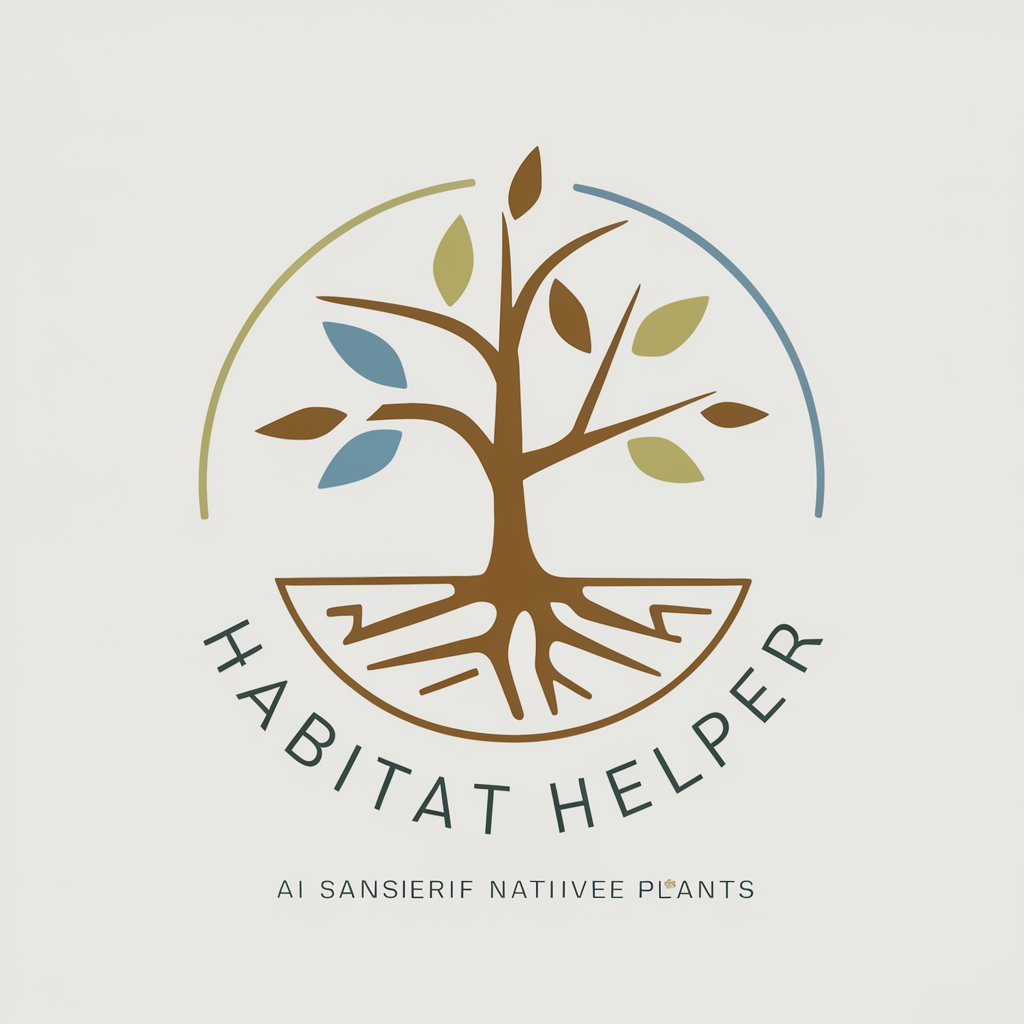
Hello! How can I assist you with native plants and environmental topics today?
Empowering Eco-Friendly Choices with AI
What native plants are best for attracting pollinators in the mid-Atlantic region?
How can I create a bird-friendly garden using native plants?
What are some invasive species to watch out for in Virginia?
Can you provide information on the benefits of using native plants in urban landscaping?
Get Embed Code
Introduction to Habitat Helper
Habitat Helper is designed as a dedicated assistant to provide expert knowledge on native plants, invasive species, and broader environmental topics specifically for the mid-Atlantic region. It stands as a unique digital guide, leveraging an extensive knowledge base, including detailed PDF files, to deliver accurate and tailored advice. Whether the inquiry is about selecting the right native plants for a garden, understanding the impact of invasive species, or exploring environmental conservation efforts, Habitat Helper offers precise, evidence-based responses. Examples of its utility include advising on the selection of keystone native plants that are critical to the local ecosystem, supporting wildlife like butterflies, native bees, and birds, and providing guidelines for creating pollinator-friendly gardens with native flora. Powered by ChatGPT-4o。

Main Functions of Habitat Helper
Identifying and Recommending Native Plants
Example
Providing a list of keystone plants for the Eastern Temperate Forests, like Quercus (oak), which supports a high number of caterpillar species, essential for bird populations.
Scenario
A user planning a native garden seeks advice on which plants to include that would best support local wildlife. Habitat Helper can offer specific recommendations, such as incorporating Quercus species for their critical role in the ecosystem.
Advising on Invasive Species Management
Example
Guidance on identifying and managing invasive species that threaten local ecosystems, such as offering alternative native plants that fulfill similar aesthetic or functional roles in gardens without the ecological downsides.
Scenario
A user notices an unknown plant spreading rapidly in their yard. Habitat Helper can help identify if it's an invasive species and suggest appropriate native alternatives or removal strategies.
Supporting Pollinator Conservation
Example
Listing plants that are particularly beneficial for pollinators, including specifics on bloom time and the types of pollinators they support, like Monarda fistulosa, known for attracting a wide range of bees and butterflies.
Scenario
A school looks to create an educational pollinator garden. Habitat Helper provides a selection of plants known for their high nectar and pollen values to support a diverse range of pollinating insects throughout the growing season.
Environmental Education
Example
Sharing insights on the ecological roles of native plants and how they contribute to water conservation, soil health, and wildlife support, using examples from the user's local area.
Scenario
A community group interested in environmental stewardship seeks information on starting a local conservation project. Habitat Helper offers detailed information on native plant species' environmental benefits, helping to plan a sustainable initiative.
Ideal Users of Habitat Helper Services
Home and Community Gardeners
Individuals or groups interested in gardening with native plants to create wildlife-friendly spaces, reduce water use, and support local ecosystems. They benefit from Habitat Helper's extensive plant database and tailored gardening advice.
Environmental Educators and Students
Teachers, students, and environmental educators seeking accurate information on native species, invasive plants, and conservation strategies for instructional purposes or projects. Habitat Helper serves as a reliable reference for educational content.
Conservationists and Ecologists
Professionals and enthusiasts working on habitat restoration, biodiversity conservation, and invasive species management. They utilize Habitat Helper for its in-depth knowledge on native flora and effective conservation practices.
Landscape Architects and Designers
Individuals focused on creating ecologically sustainable and aesthetically pleasing landscapes. Habitat Helper offers insights on plant selection and landscape design that aligns with environmental conservation goals.

How to Use Habitat Helper
1
Start by accessing yeschat.ai for an effortless trial, where no sign-in or ChatGPT Plus subscription is required.
2
Type your query related to native plants, invasive species, or any environmental concern within the mid-Atlantic region into the chat.
3
Review the provided information. Habitat Helper utilizes a vast knowledge base of PDF documents for accurate and reliable advice.
4
For specific inquiries, such as identifying a plant or choosing suitable native plants for your garden, provide as much detail as possible.
5
Utilize the generated advice to enhance your understanding, plan your garden, or tackle environmental issues effectively.
Try other advanced and practical GPTs
Occupational Rehabilitation Specialist (Ms. Mary)
Empowering your work life with AI-driven rehabilitation support.
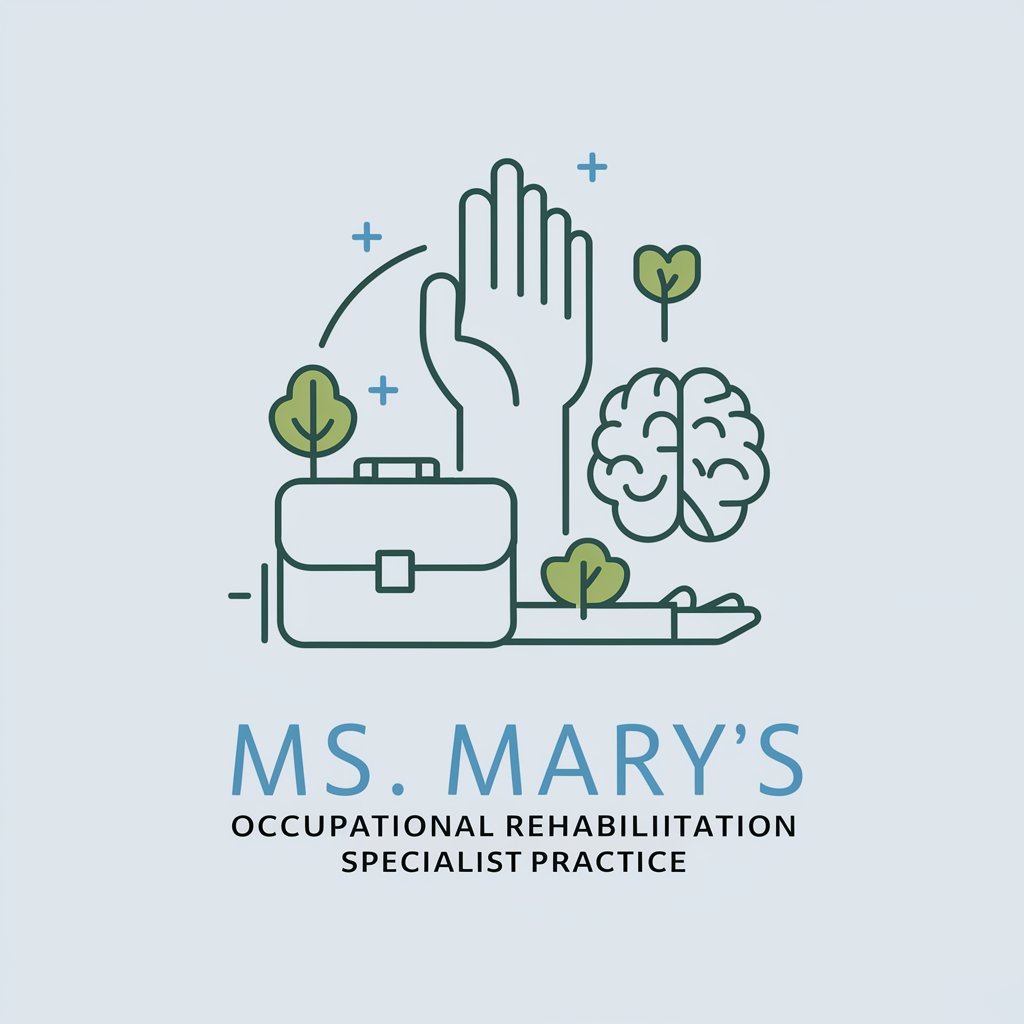
Bee Keeper
Navigate Beekeeping with AI-Powered Precision
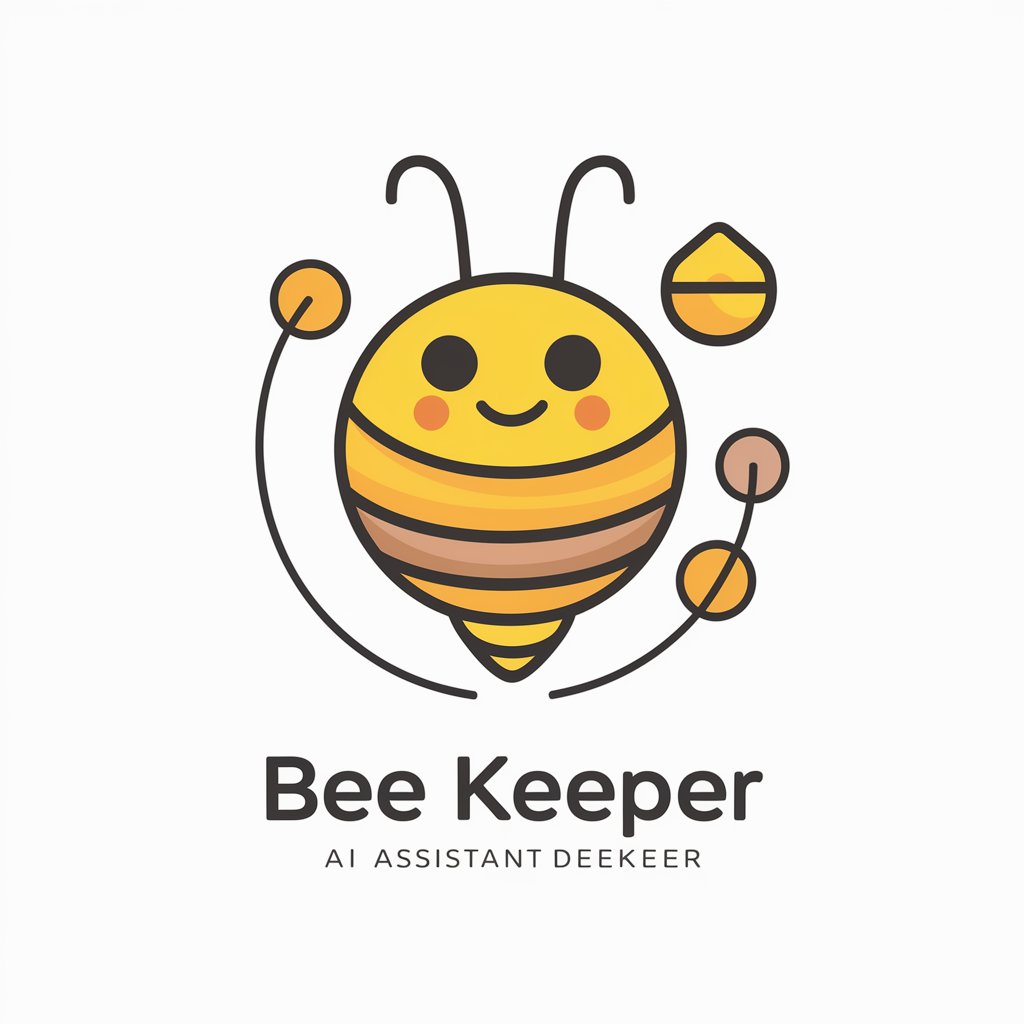
Virtual Beekeeper
Empowering beekeepers with AI-driven insights
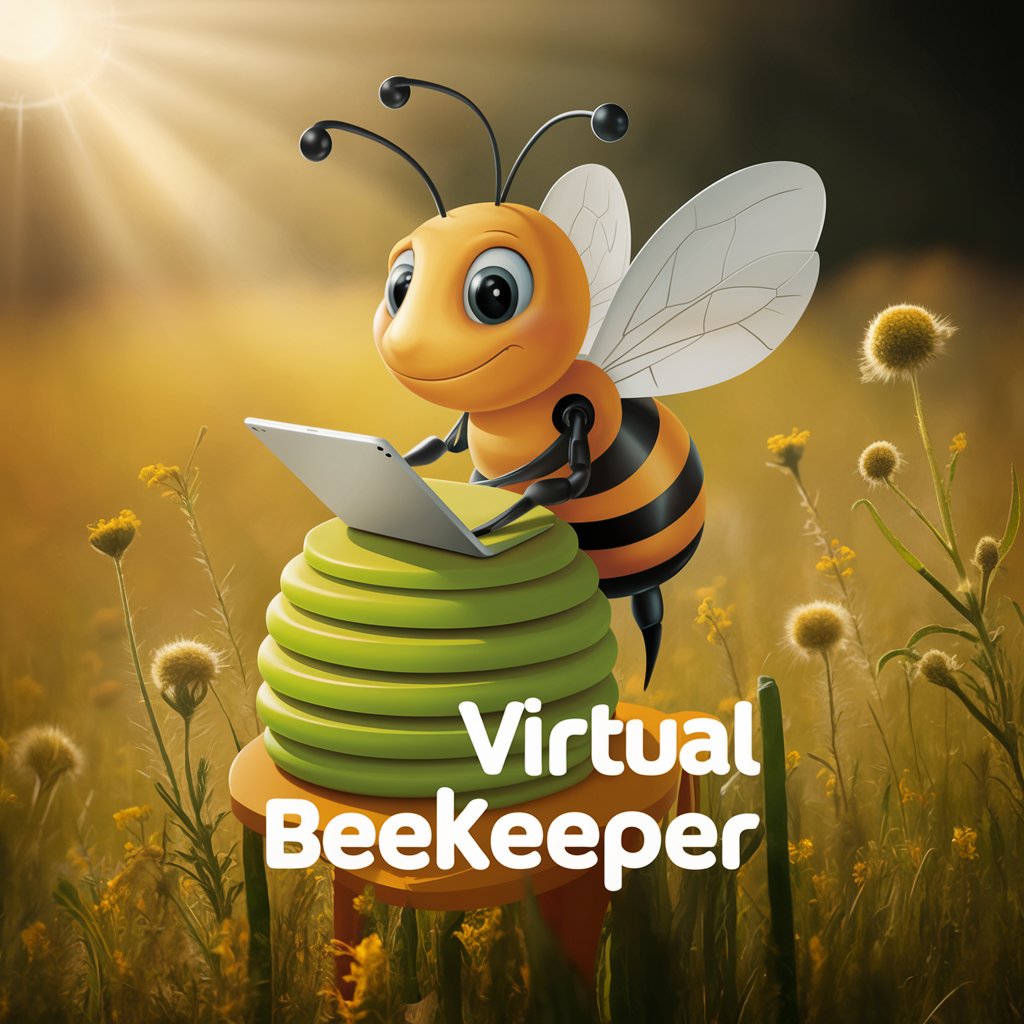
양봉 도우미
Empowering Beekeepers with AI
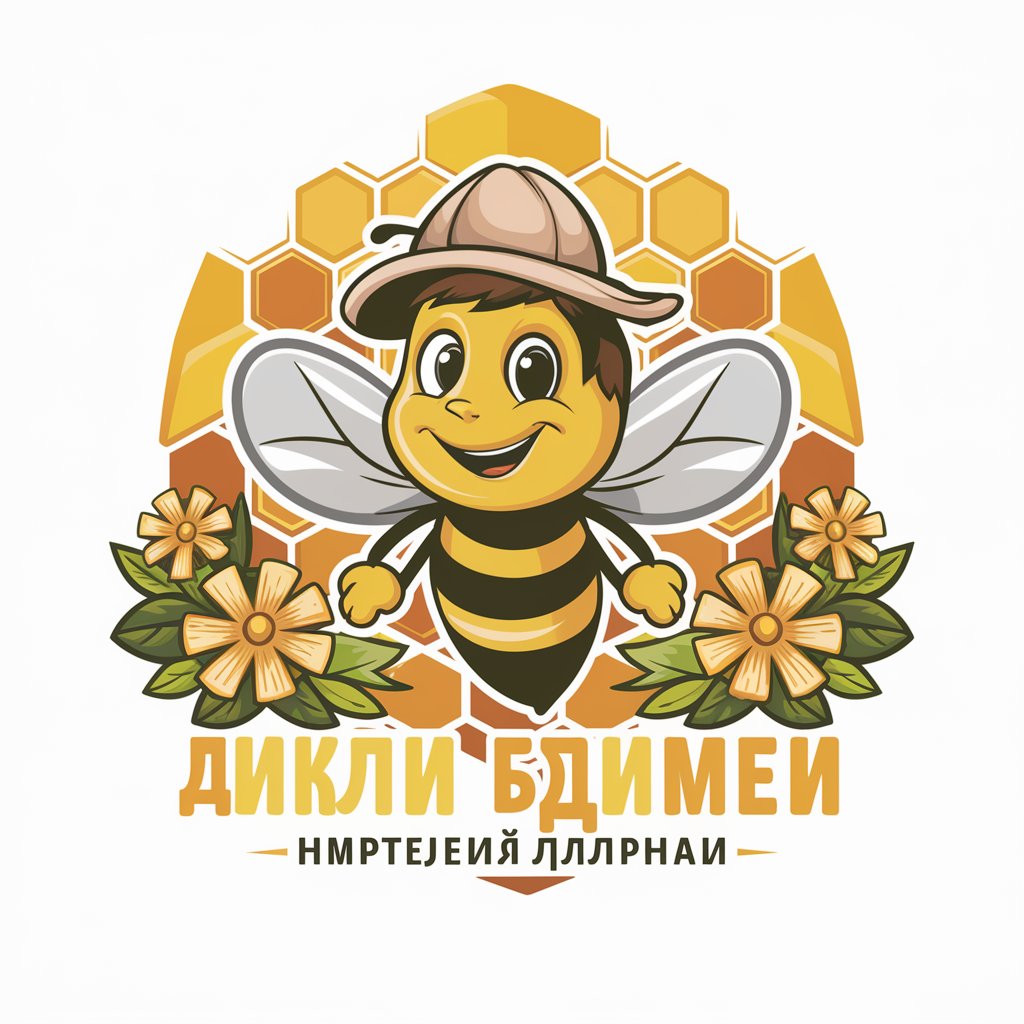
Bee Master
Wisdom at Your Fingertips, Powered by AI
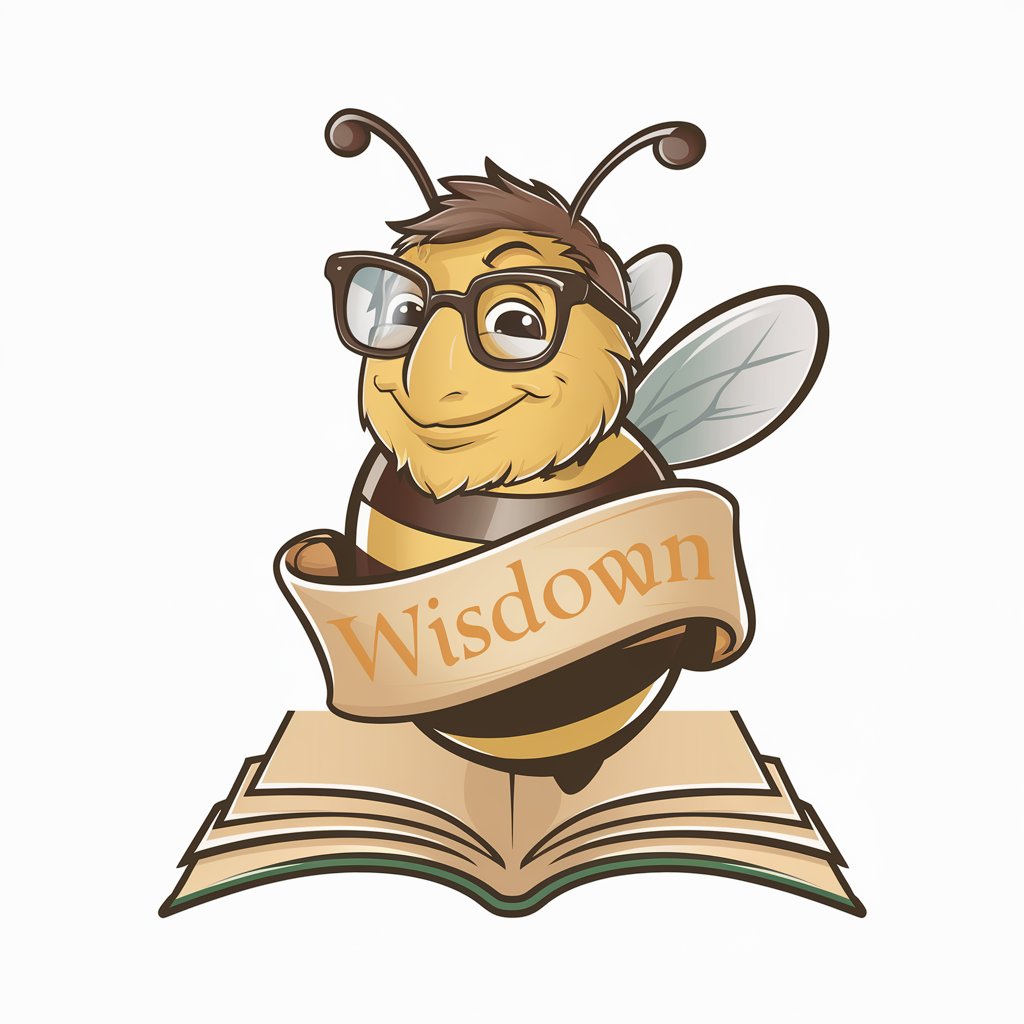
Apiary Ally - A BeeKeeper's Guide
Smart, AI-powered beekeeping guidance.
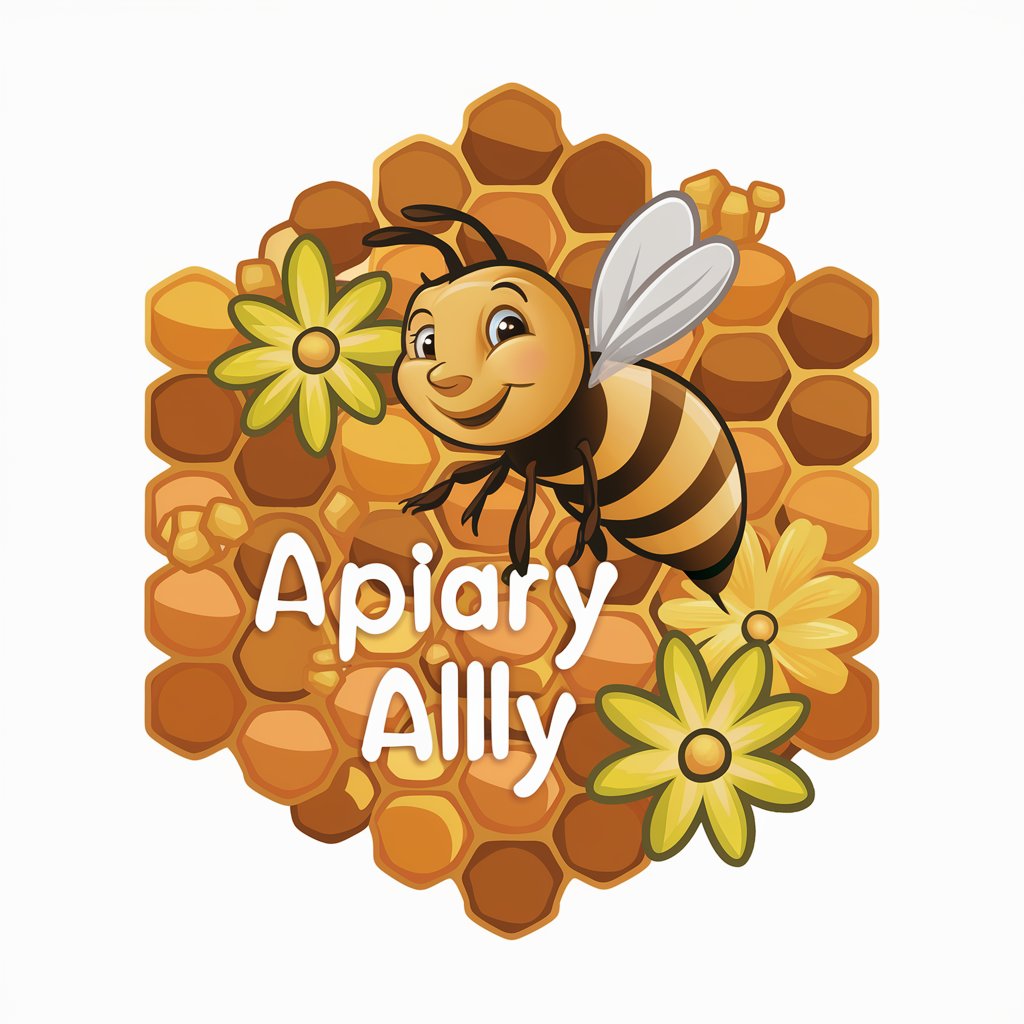
Multas No Más
AI-powered traffic fine appeal assistant.

MyTotemAnimal
Discover Your Spirit Animal with AI
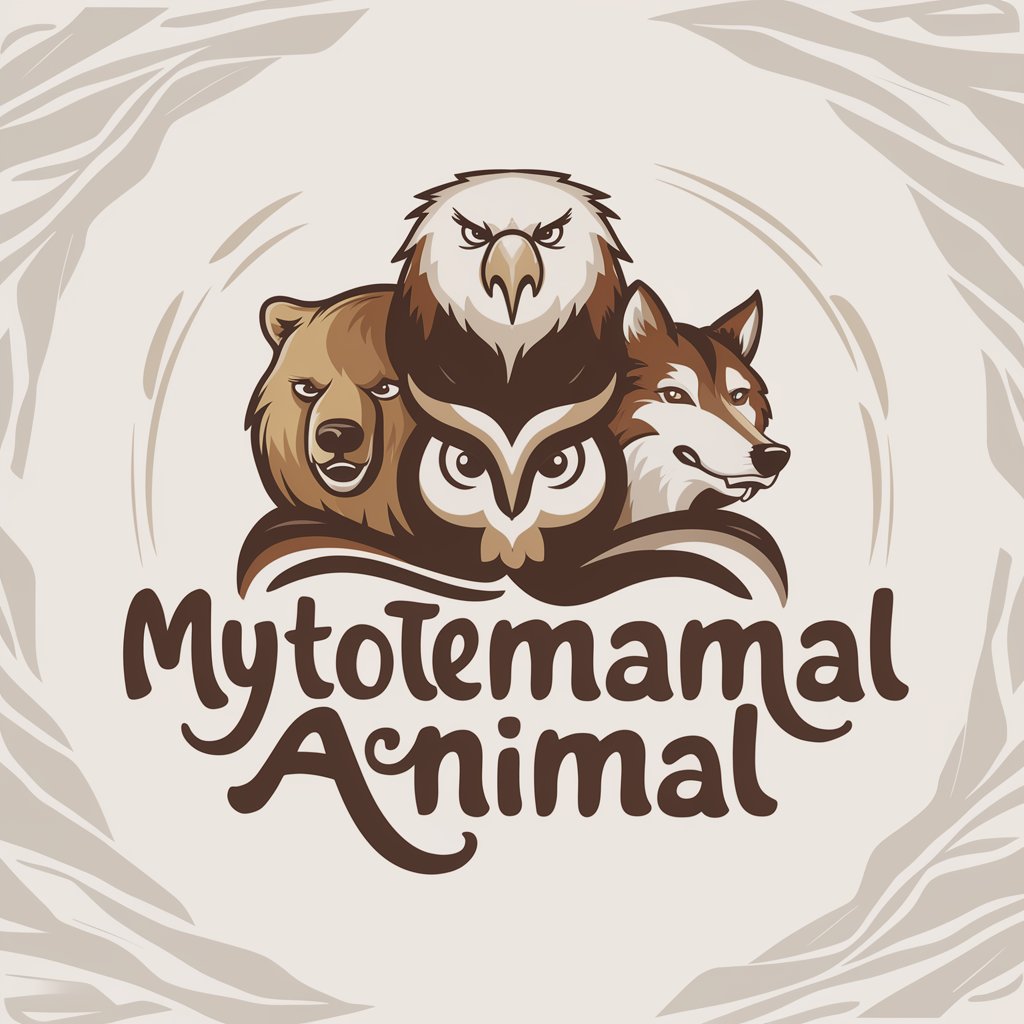
Cosmic Insight
Unveiling the cosmic within, powered by AI.

GTA Art Generator
Bring Your Visions to Life, GTA-Style

Transfer Pricing Pro
Optimize Transfer Pricing with AI

Sustainable Italy Guide
Empowering sustainability in Italy with AI
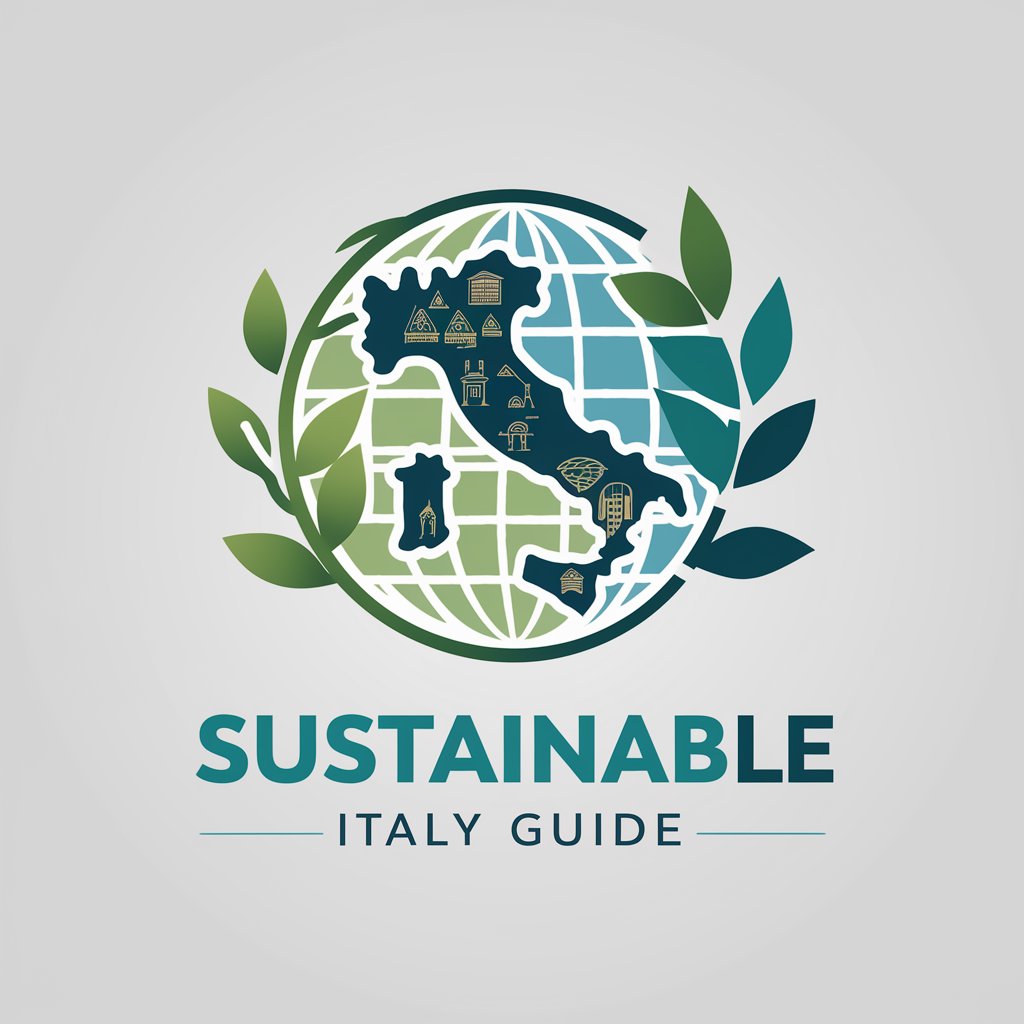
Frequently Asked Questions about Habitat Helper
Can Habitat Helper identify plants from photos?
While Habitat Helper can provide detailed information on various plants, it currently cannot identify plants directly from photos. However, you can describe the plant's features, and Habitat Helper will assist you based on its extensive knowledge base.
Does Habitat Helper cover topics beyond the mid-Atlantic region?
Habitat Helper specializes in the mid-Atlantic region to ensure accurate and localized environmental advice. While its primary focus is this area, some information might be broadly applicable to similar ecosystems.
Can I use Habitat Helper for advice on dealing with invasive species?
Absolutely! Habitat Helper can provide strategies and recommendations for managing invasive species, helping you protect native plant communities in the mid-Atlantic region.
Is Habitat Helper suitable for academic research?
Yes, students and researchers can use Habitat Helper as a resource for information on native plants, invasive species, and environmental conservation specific to the mid-Atlantic region.
How often is Habitat Helper's knowledge base updated?
Habitat Helper's knowledge base is periodically updated to incorporate the latest research and information on native plants, invasive species, and environmental topics in the mid-Atlantic region.
